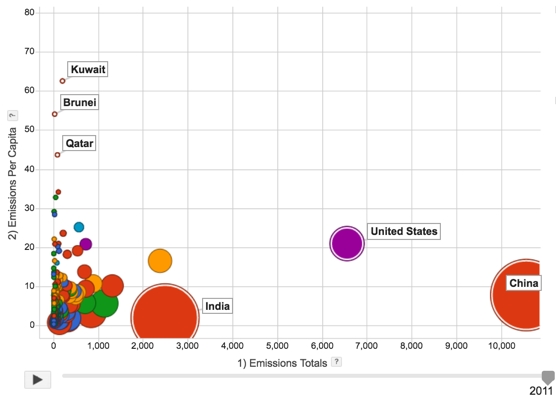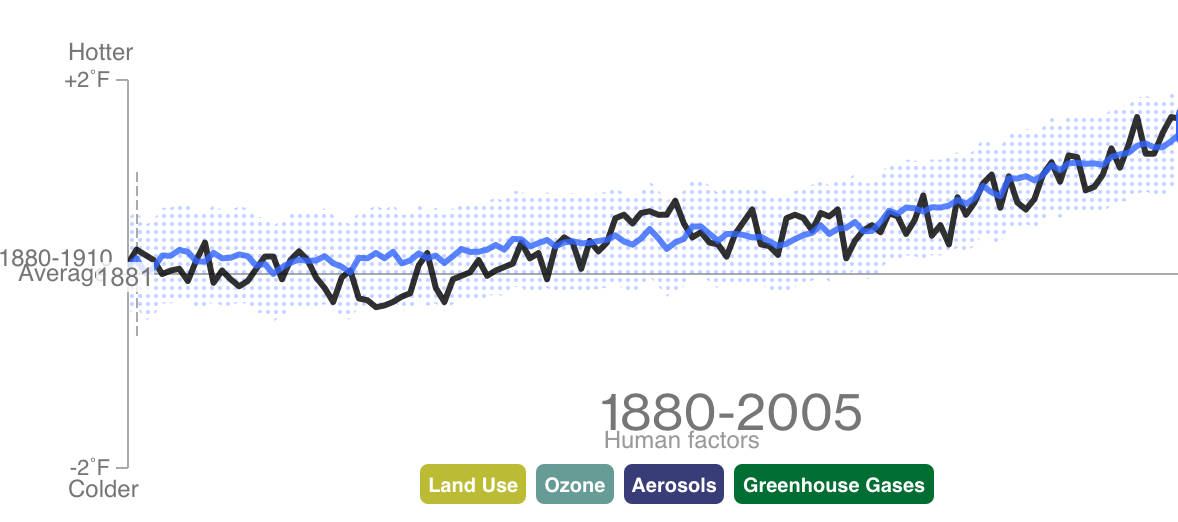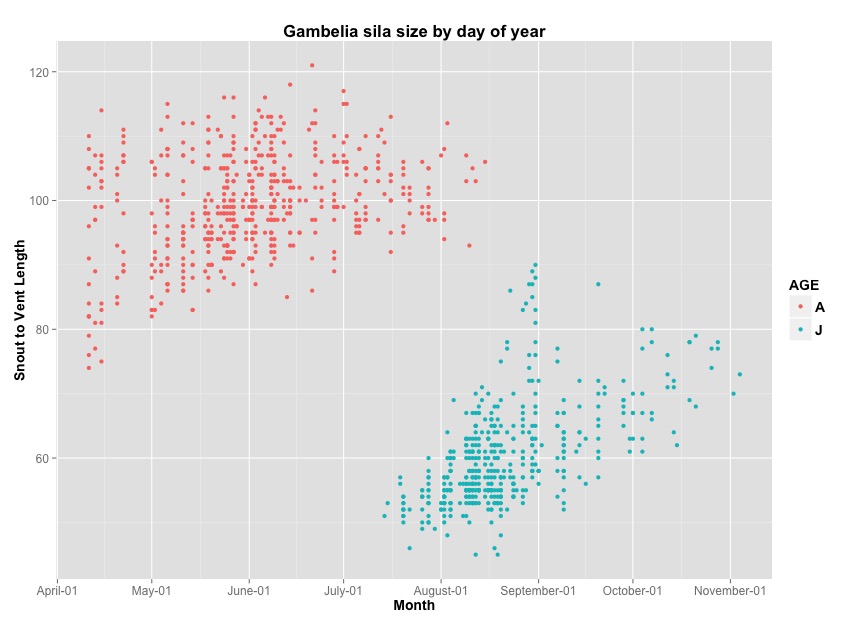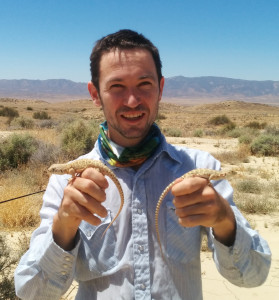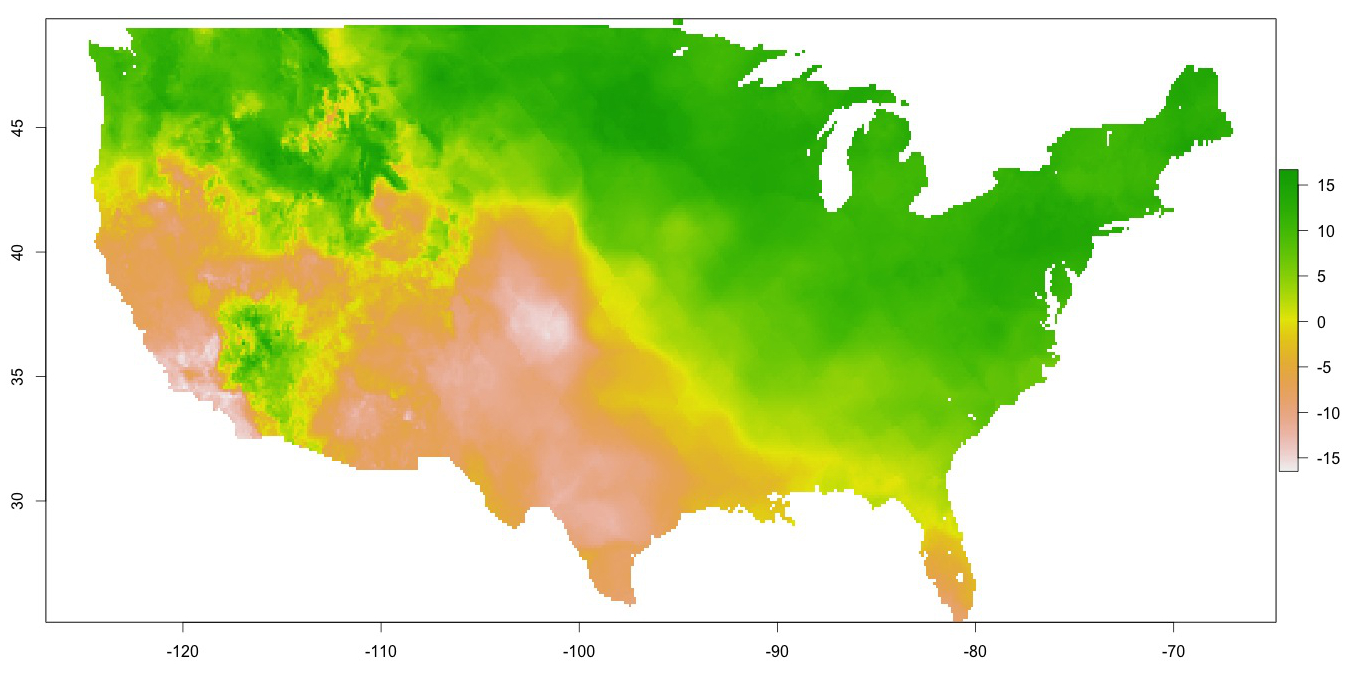Author Archives: joaaelst
Some Climate Change Visualizations
Size of adult and juvenile Gambelia sila by day of year
Dispatch from the field: catching leopard lizards in a mega-drought
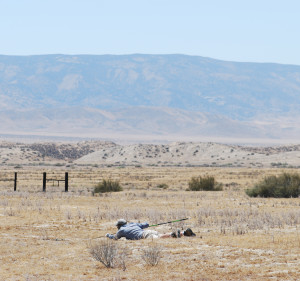
Master lizard-catcher Joe McLeod catches a blunt-nosed leopard lizard at its burrow entrance. Photo by Eliot Schoenig.
As part of research to support the conservation of blunt-nosed leopard lizards, starting in 2014, we resumed a capture-mark-recapture study on the Elkhorn Plain. The study plots were worked previously for 17 years by Dave Germano and ESRP.
One of the effects of drought we’ve found—in the mark-recapture data and in geographically extensive surveys—is that when precipitation levels are below a threshold the lizards fail to reproduce. That’s what we found in 2014 on the Elkhorn Plain: drought caused complete reproductive failure. Read more about the recruitment patterns we found here.
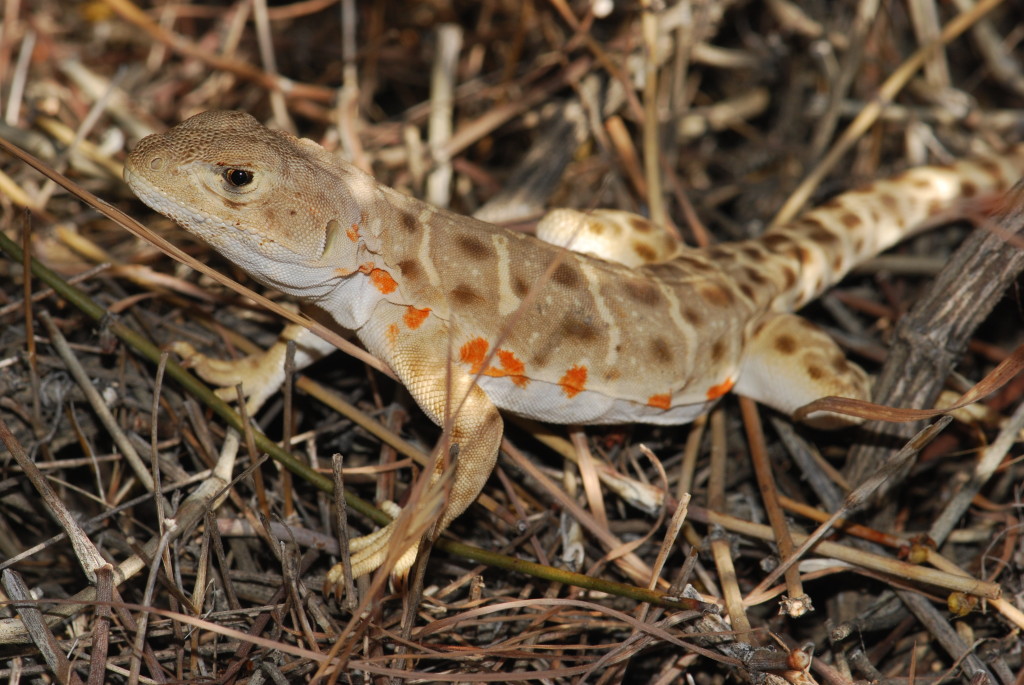
Leopard lizard under an Ephedra shrub. Photo by Elliot Schoenig.
Is the western glacial stonefly the most climate-threatened species in North America?
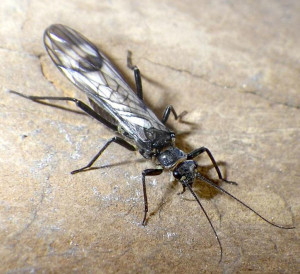 The western glacial stonefly (Zapada glacier) is endemic to the glacial runoff streams of Glacier National Park. With global warming poised to cause the complete loss of glaciers from Glacier National Park around 2030, it seems the western glacial stonefly could be among the first North American species to disappear entirely because of global warming (Giersch et al 2015). The species, now recognized as “critically imperiled” by Nature Serve and “at high risk of range wide extinction” by the Montana Natural Heritage Program, seems to be slowly progressing toward protection under the U.S. Endangered Species Act. The issue of US endangered species threatened by climate change could come to a head over this little bug.
The western glacial stonefly (Zapada glacier) is endemic to the glacial runoff streams of Glacier National Park. With global warming poised to cause the complete loss of glaciers from Glacier National Park around 2030, it seems the western glacial stonefly could be among the first North American species to disappear entirely because of global warming (Giersch et al 2015). The species, now recognized as “critically imperiled” by Nature Serve and “at high risk of range wide extinction” by the Montana Natural Heritage Program, seems to be slowly progressing toward protection under the U.S. Endangered Species Act. The issue of US endangered species threatened by climate change could come to a head over this little bug.
So, is the western glacial stonefly the most climate-imperiled species in North America? As far as I know it is the most clear case of a species at risk of imminent extinction due to global warming. Please email me if you know of a more imminent case of climate-mediated extinction! My guess though is that there are other narrow endemic species that have already silently suffered climate-mediated extinction without being noticed. Many narrow endemic plants and insects, including alpine species, have poorly resolved taxonomy. As with habitat destruction and climate change in the tropics, climate change may be driving North American species to extinction before they have even been described by science.
What proportion of BNLL habitat has been lost to agricultural conversion and developement?
What the literature says:
- “occurs on less than 15% of its original range” (Germano and Williams 2005)
- “probably lost 80-85% of its native range” (Germano and Williams 1992)
- “has been eliminated from 94% of its original range due to habitat loss primarily from agriculture, water development projects, and urbanization; but also from livestock grazing, mineral development, and off-road vehicle use” (Jennings 1995)
Will climate change wipe out San Francisco groundsel?
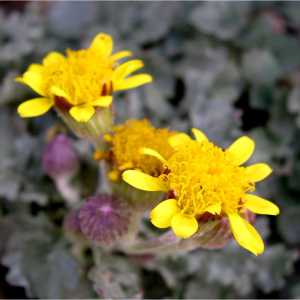 San Francisco groundsel (Packera franciscanus) is a low-growing species of perennial wildflower, that is only found in alpine tundra habitat in the San Francisco Peaks of Arizona. Several factors suggest the species could be particularly vulnerable to climate change.
San Francisco groundsel (Packera franciscanus) is a low-growing species of perennial wildflower, that is only found in alpine tundra habitat in the San Francisco Peaks of Arizona. Several factors suggest the species could be particularly vulnerable to climate change.
- San Francisco groundsel appears to possess adaptations that make it only competitive in cold alpine tundra climates and unable to persist in warmer climates. This is evidenced by its severely limited elevational distribution, from 11,300 ft to 12,400 ft (with the San Francisco Peaks topping out at 12,633 ft). The plant is limited to above 11,300 ft elevation despite possessing wind-dispersed seeds, which should give it ample opportunity to establish at lower elevations if conditions were suitable for the species.
- A primary mode of reproduction for San Francisco groundsel is clonal spreading via rhizomes. This suggests the plant could have low standing genetic diversity and limited ability to adapt to new conditions.
- Climate change appears poised to push suitable climate for San Francisco groundsel above the range of available habitat — suggesting that the species will have zero habitat with suitable climate by the end of the century. Here’s the back of the envelope math: The species has 1,333 ft between its lower elevational limit and the top of the peaks. At standard adiabatic lapse rate this sets the limit for the amount that temperatures can increase before the species’ climate envelope is pushed off the top of the mountain at 4.7°F. But even if governments take aggressive action to rein in greenhouse gas emissions (IPCC scenario B1, ensemble average) average temperatures on San Francisco Peak are predicted to rise by 4.6°F by 2080, with further increase in temperature by the end of the century. Under the business as usual (minimal action to rein in emissions, A2 scenario)– temperatures on San Francisco Peak are projected to rise by 8.3°F by 2080.
So it seems the species might be doomed. However, caveats to consider are: (1) It’s unclear what mechanisms limit the species lower elevation limit. Is it competition with other species (perhaps mediated by climate) or something else? Ecological processes that limit species distribution take time to unfold. (2) Lapse rates vary and high quality weather data from dispersed on-site weather stations would improve range shift estimates.
How do climate models predict precipitation will change over the next century in the US?
This map shows predicted percent change in precipitation for the year 2080 under a medium-high green house gas emissions scenario (A2). The data is the average of 16 different climate model predictions for the year 2080 and is available for download from TNC’s climatewizard.org.
Generally, dry areas will get dryer and many wet areas will get wetter. Most of California and the southwestern US will become drier. Forest fires will rage and some plants and animals will be driven to extinction.
An R script to download MODIS NDVI surfaces
The MODIS satellite records images of the earth’s surface at 250-m resolution every 16 days. The imagery is very useful for inferring vegetation growth and biomass.
There are a number of ways to download the imagery. However, the web interfaces to download the data are difficult to use, and all of the scripts I’ve found online seem to be outdated (relying on a now defunct ftp server?).
Here is a quick script I wrote to download MODIS NDVI surfaces. It’s written to download 2013 data files that cover California, but it could easily be altered for different time periods and geographic domains.
Hello world!
Hi!
Welcome to my new website! I’ll post updates about my research on this blog.
-Joseph

